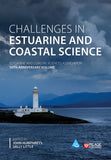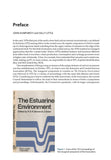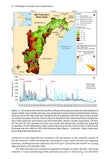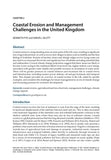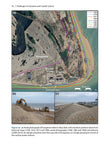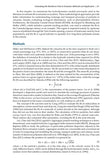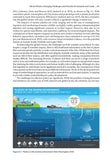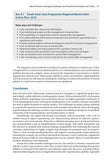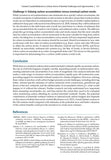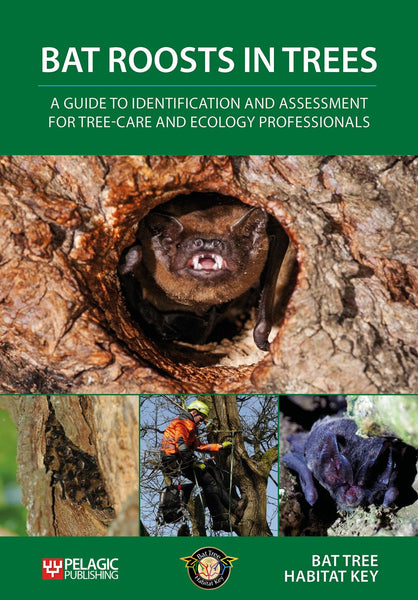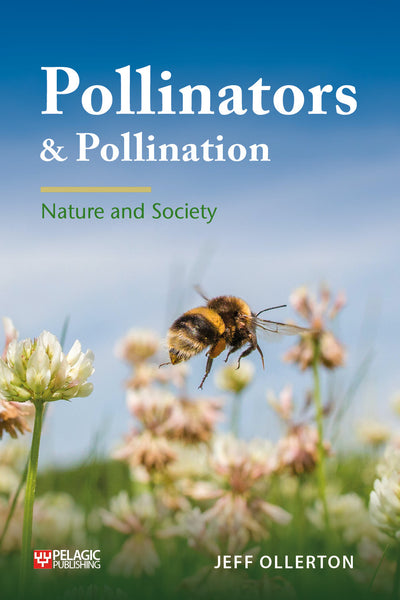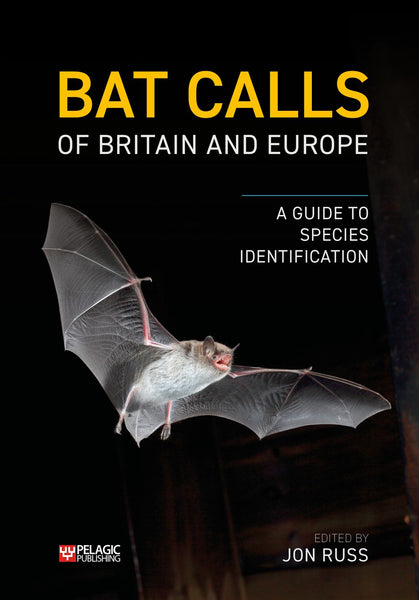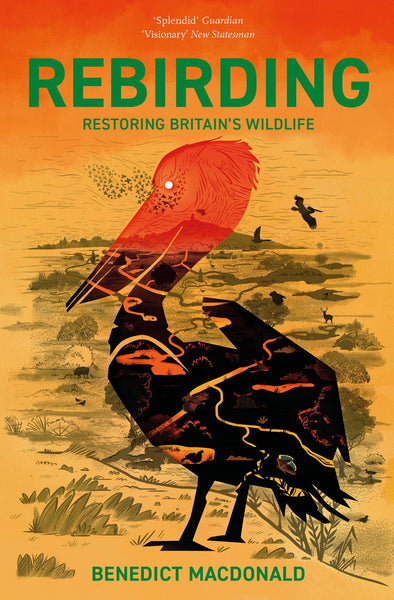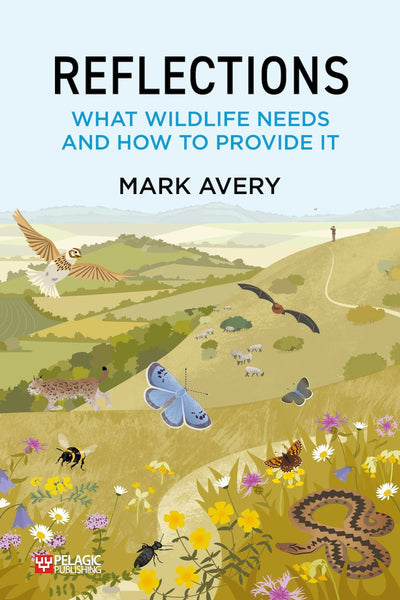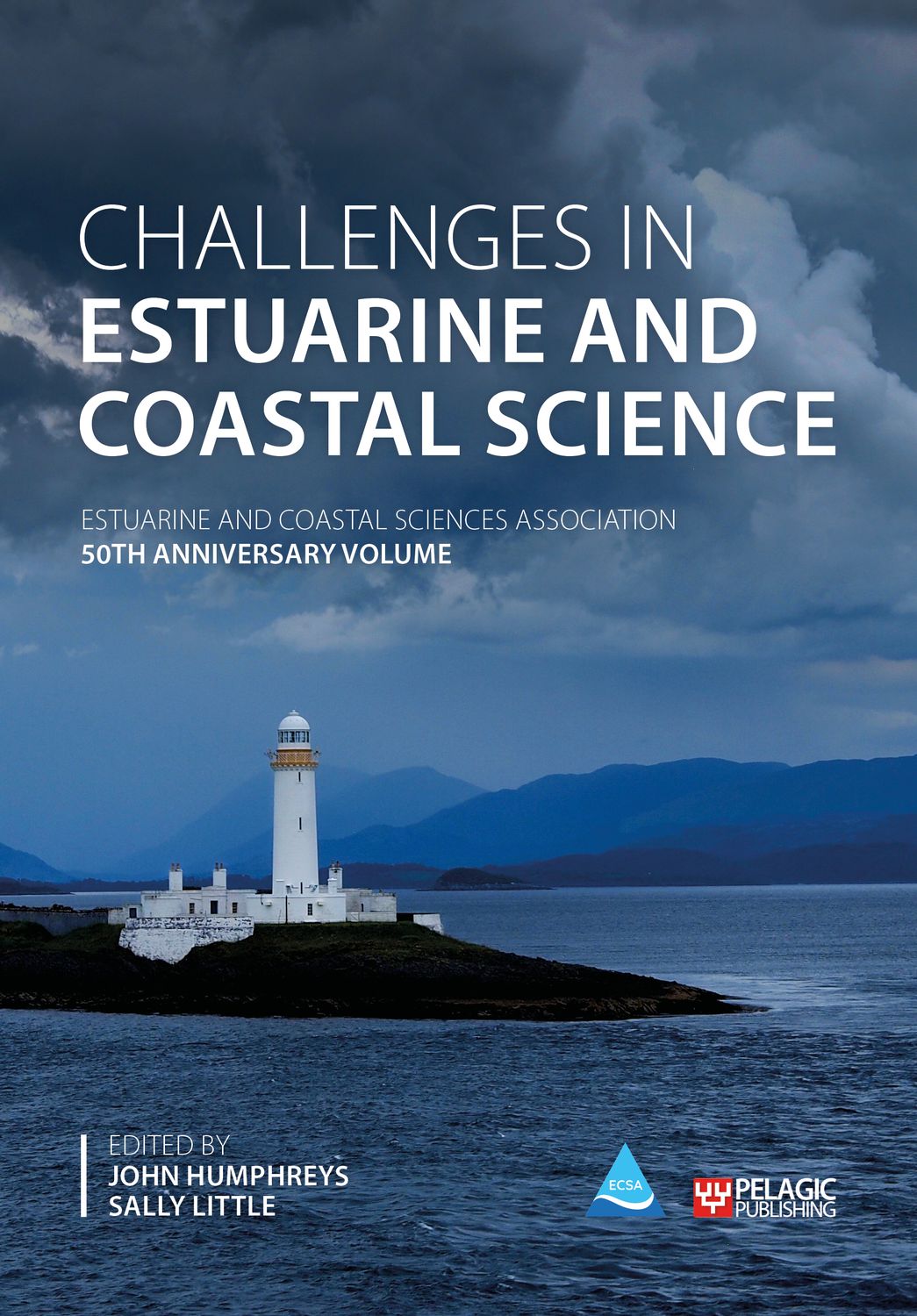
Challenges in Estuarine and Coastal Science
Estuarine and Coastal Sciences Association 50th Anniversary Volume
- Examines and exemplifies current and future worldwide challenges in estuarine and coastal science.
- An authoritative and wide-ranging collection of expert contributions.
- Offers fresh critical perspectives on estuarine and coastal policy.
- This book describes the ECSA-enabled evolution of estuarine and coastal science over the last 50 years, initially in the UK and later expanding to Europe and then worldwide. The science is explained logically and clearly, while being state-of-the-art. The book is a pleasure to read and it is most instructive. It presents a big-picture approach to understanding estuarine and coastal ecosystems, and it explains how this science could be best used for management. This book is a gem.
—Prof. Eric Wolanski, author of Coasts and Estuaries: The Future
- coasts
- conservation
- ecology
- estuaries
- marine habitat
Description
Estuarine and coastal waters are acknowledged centres for anthropogenic impacts. Superimposed on the complex natural interactions between land, rivers and sea are the myriad consequences of human activity – a spectrum ranging from locally polluting effluents to some of the severest consequences of global climate change. For practitioners, academics and students in the field of coastal science and policy, this book examines and exemplifies current and future challenges: from upper estuaries to open coasts and adjacent seas; from tropical to temperate latitudes; from Europe to Australia.
This authoritative volume marks the 50th anniversary of the Estuarine and Coastal Sciences Association, and contains a prologue by founding member Professor Richard Barnes and a short history of the Association. Individual chapters then address coastal erosion and deposition; open shores to estuaries and deltas; marine plastics; coastal squeeze and habitat loss; tidal freshwaters – saline incursion and estuarine squeeze; restoration management using remote data collection; carbon storage; species distribution and non-natives; shorebirds; modelling environmental change; physical processes such as sediments and modelling; sea level rise and estuarine tidal dynamics; estuaries as fish nurseries; policy versus reality in coastal conservation; developments in estuarine, coastal and marine management.
DOI: 10.53061/BDIX4458
Table of Contents
Preface
John Humphreys and Sally Little
Prologue
Richard S.K. Barnes
Foreword: The Origins and History of the Estuarine and Coastal Sciences Association
Martin Wilkinson and Donald McLusky
DOI: https://doi.org/10.53061/LRJC3469
1. Morphodynamics of Tropical Atlantic River Mouths and their Adjacent Shorelines
Helene Burningham, Silvia Palotti Polizel and Awa Bousso Dramé
DOI: https://doi.org/10.53061/ORMQ3496
2. Coastal Erosion and Management Challenges in the United Kingdom
Kenneth Pye and Simon J. Blott
DOI: https://doi.org/10.53061/KLYK5564
3. Challenges of Sea-level Rise on Estuarine Tidal Dynamics
Danial Khojasteh, Jamie Ruprecht, Katrina Waddington, Hamed Moftakhari, Amir AghaKouchak and William Glamore
DOI: https://doi.org/10.53061/VYYD7091
4. Estimating the Residence Time in Estuaries: Methods and Application
Paula Birocchi, Juliana Correa Neiva Ferreira and Marcelo Dottori
DOI: https://doi.org/10.53061/GAYD3051
5. Coastal and Estuarine Physical Processes: Looking Back, Looking Forwards
Steven B. Mitchell and Reginald J. Uncles
DOI: https://doi.org/10.53061/EFRH6987
6. Marine Plastics: Emerging Challenges and Priorities for Estuaries and Coasts
Anthony W. Gallagher, Malcolm D. Hudson, Oliver T. Brooks and Jessica L. Stead
DOI: https://doi.org/10.53061/CIKC3737
7. Estuarine Tidal Freshwater Zones in a Changing Climate: Meeting the Challenge of Saline Incursion and Estuarine Squeeze
Sally Little, Jonathan P. Lewis, Helen Pietkiewicz and Krysia Mazik
DOI: https://doi.org/10.53061/VCCR7195
8. Defining Habitat Losses due to Coastal Squeeze
Nigel Pontee, James A. Tempest, Kenneth Pye and Simon J. Blott
DOI: https://doi.org/10.53061/BQPM4918
9. Carbon Storage in UK Intertidal Environments
William E.N. Austin, Craig Smeaton, Paulina Ruranska, David M. Paterson, Martin W. Skov, Cai J.T. Ladd, Lucy McMahon, Glenn M. Havelock, Roland Gehrels, Rob Mills, Natasha L.M. Barlow, Annette Burden, Laurence Jones and Angus Garbutt
DOI: https://doi.org/10.53061/STPP2268
10. Created Coastal Wetlands as Carbon Stores: Potential Challenges and Opportunities
Hannah L. Mossman, Martin J.P. Sullivan, Rachel M. Dunk, Stuart Rae, Robert Sparkes, James Tempest and Nigel Pontee
DOI: https://doi.org/10.53061/NQGO7715
11. Coastal Habitat Restoration, Invasive Species and Remote Monitoring Solutions
Sophie Walker, Nathan Waltham, Christina Buelow and Jordan Iles
DOI: https://doi.org/10.53061/BDDZ5865
12. Multi-decadal Responses of Coastal Ecosystems to Climate Change, Pollution and Non-indigenous Species in the Western and Mid-English Channel
Roger J.H. Herbert, Guillaume Corbeau, Laurent Godet, Nicolas Desroy, Nova Mieszkowska, Louise B. Firth, Alice E. Hall and Stephen J. Hawkins
DOI: https://doi.org/10.53061/XPLN8836
13. Predicting the Effect of Environmental Change on Non-breeding Shorebirds with Individual-based Modelling
John D. Goss-Custard and Richard A. Stillman
DOI: https://doi.org/10.53061/INUA1114
14. The Role of Estuaries and Coastal Areas as Nurseries for Fish: Concepts, Methodological Challenges and Future Perspectives
Henrique Cabral
DOI: https://doi.org/10.53061/ESFX8762
15. Marine Conservation: Smoke and Mirrors in the Coastal Zone
John Humphreys
DOI: https://doi.org/10.53061/ICZC2380
16. Lessons from the Past Half-Century: Challenges, Opportunities and Priorities for Future Estuarine, Coastal and Marine Management
Michael Elliott and Alan Whitfield
DOI: https://doi.org/10.53061/PLYN4189
Conclusions
Trajectories and Challenges in Estuarine and Coastal Science
John Humphreys and Sally Little
DOI: https://doi.org/10.53061/IWAO4211
Index
Reviews
- This book describes the ECSA-enabled evolution of estuarine and coastal science over the last 50 years, initially in the UK and later expanding to Europe and then worldwide. The science is explained logically and clearly, while being state-of-the-art. The book is a pleasure to read and it is most instructive. It presents a big-picture approach to understanding estuarine and coastal ecosystems, and it explains how this science could be best used for management. This book is a gem.
—Prof. Eric Wolanski, author of Coasts and Estuaries: The Future - The ECSA has always encouraged an inter-disciplinary approach to the study of estuaries and coasts, ranging from the biological through to physical and chemical studies. The chapters in this volume collectively reflect many of today’s issues and challenges in estuarine and coastal science. The book elucidates trajectories in coastal policies and is an important contribution to our integrated understanding of estuarine and coastal seas.
—Robert Clark, Association of Inshore Fisheries and Conservation Authorities - An up-to-date snapshot of the latest thinking, with chapters covering ‘of the moment’ topics balanced with career spanning insights into how estuarine and coastal science has developed since the early 1970s. Provides a fascinating perspective of where we have come from and where we must now go to further our understanding of this vital component of our marine environment. Very inspiring and thought provoking.
—Antony Jensen, Professor of Marine Ecology, University of Southampton - I enjoyed this volume and learned a great deal from it. The contributions are concise and generally thought-provoking, and a useful aid for teaching across many levels; the volume will also bring new researchers or interdisciplinary colleagues in allied fields up-to-date.
—David M. Paterson, Ocean Challenge
About the Author
John Humphreys is a professor of marine biology and former Pro Vice-chancellor at the University of Greenwich, London, where his work in Africa won a Queen’s Award for Higher Education. He has served as Chair of the Southern Inshore Fisheries and Conservation Authority and as a non-executive director of a commercial port and harbour authority. He is currently President-elect of the Estuarine and Coastal Sciences Association and a Fellow of the Royal Society of Biology. His books include Marine Protected Areas: Science, Policy and Management (2020).
Sally Little is ECSA President and a Senior Lecturer at Nottingham Trent University. Her research focuses on assessing the impact of environmental, climatic and other anthropogenic pressures on the structural and functional ecology of estuarine ecosystems, with a particular focus on upper estuarine tidal freshwater zones.
Bibliographic Information
 320 pages
320 pages - 40 colour illus, 20 b/w illus
- 21 tables
- BISAC SCI039000, SCI070030, SCI052000, SCI030000, NAT045050
- BIC PSPM, PSVW73, RBKC, RGBP, 1QS






